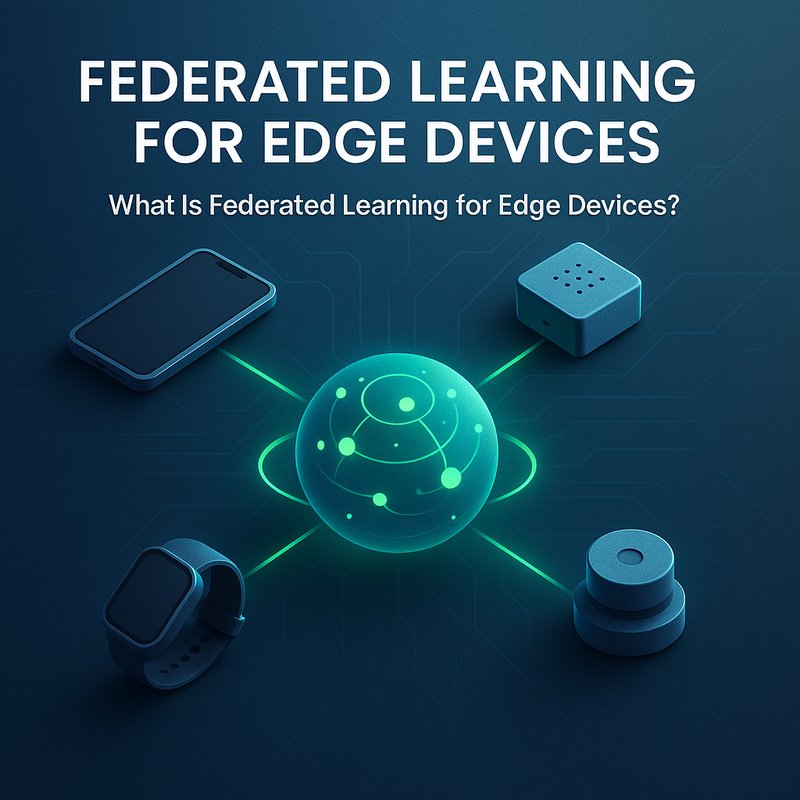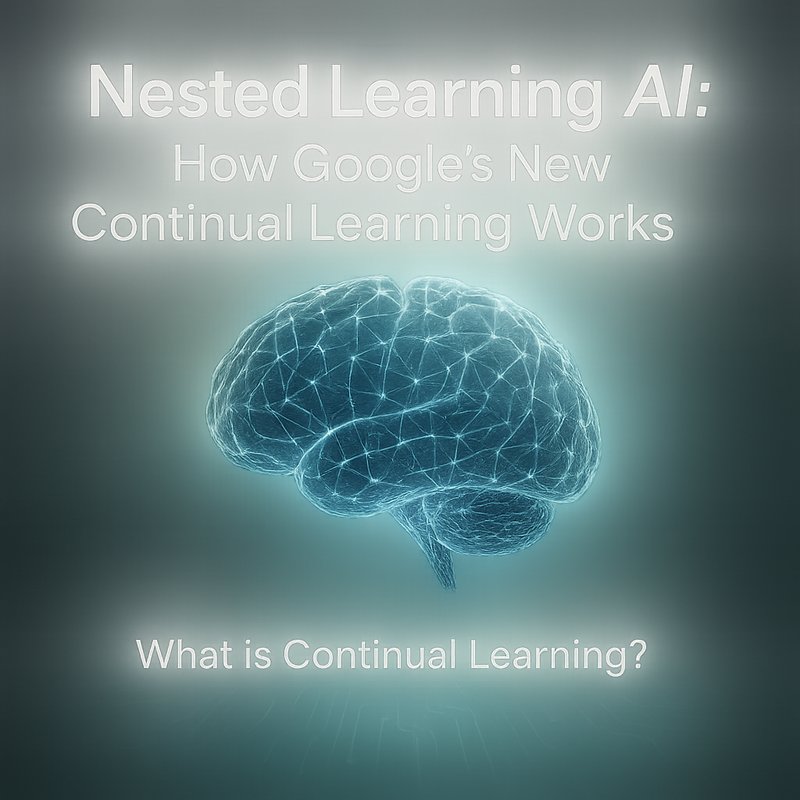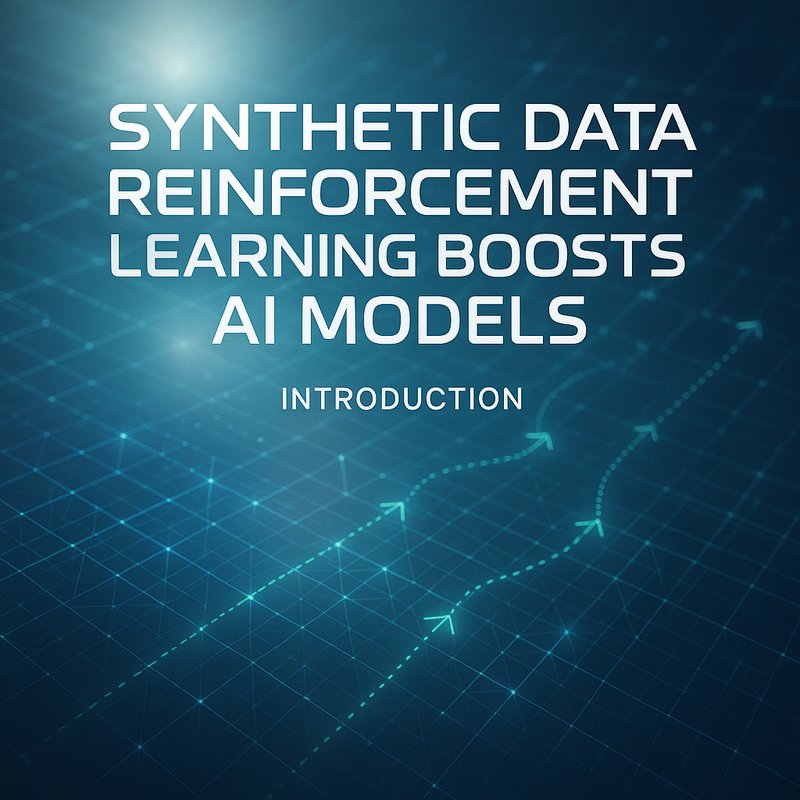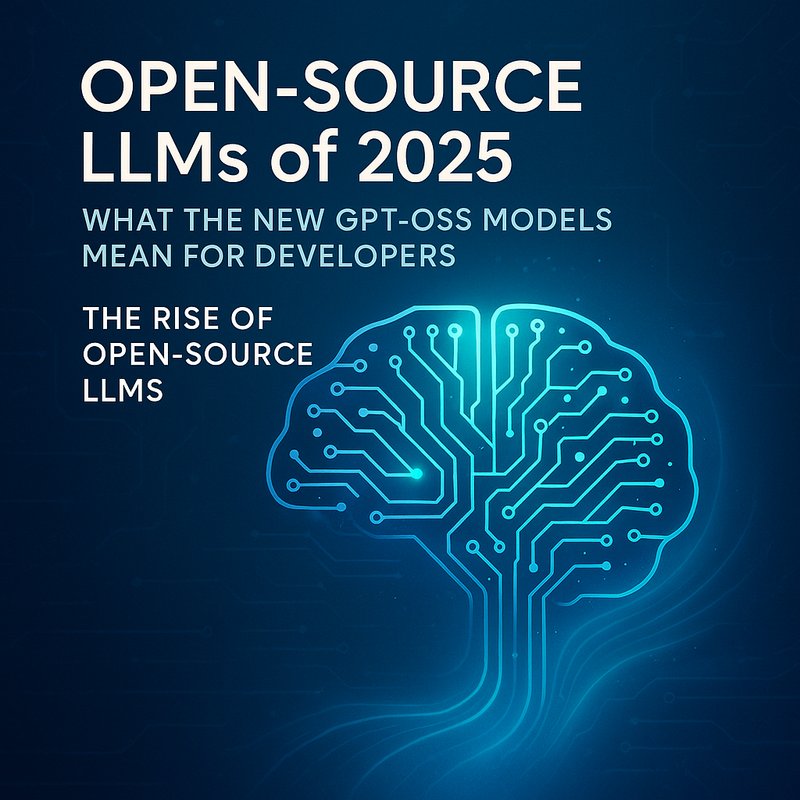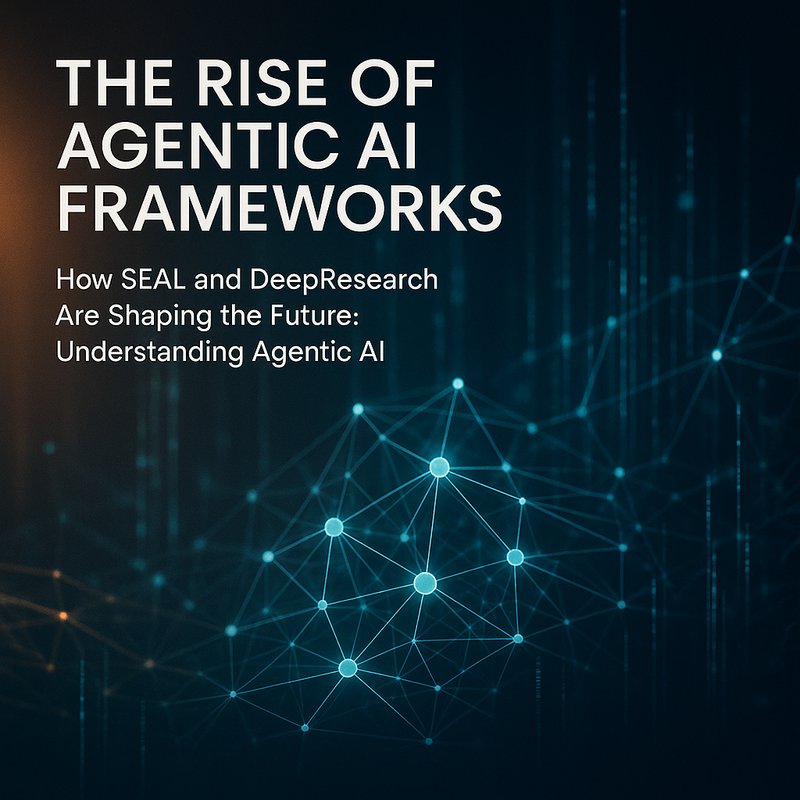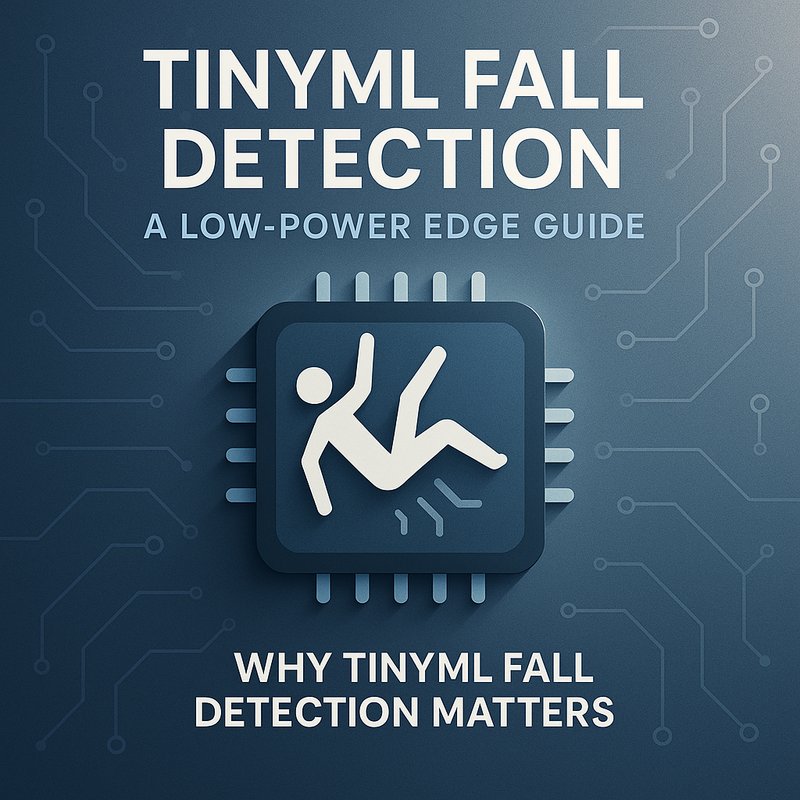Federated learning for edge devices lets a cluster of low‑power gadgets learn together without sending raw data to a central server.
It’s a privacy‑friendly way to keep the data where it lives, while still getting smarter models.
If you’re building smart home sensors, wearables, or industrial IoT systems, this article shows you how to get started.
What Is Federated Learning for Edge Devices?
Federated learning for edge devices is a training method that distributes the learning task across many small devices.
Instead of each device sending its raw data to a cloud server, they keep the data locally.
Each device trains a copy of the model on its own data and then shares only the model updates—weights, gradients, or statistical summaries—with a central coordinator.
The coordinator aggregates all updates, creates a new model, and sends it back to the devices.
The process repeats until the model converges.
This approach keeps sensitive information on the device, reduces network bandwidth, and lets you train models in a distributed, collaborative way.
Why Edge Devices Need Federated Learning
1. Privacy Is King
When sensors capture health data, usage patterns, or location, sending every sample to a cloud can raise privacy concerns.
Federated learning for edge devices keeps the data local, so only the model changes are shared.
Regulations like GDPR or HIPAA are easier to meet when the raw data never leaves the device.
2. Bandwidth and Cost Savings
Small edge gadgets often have limited or expensive connectivity.
Sending thousands of data points each day can burn through data plans or cost cloud compute time.
With federated learning, only a few hundred bytes of model updates travel over the network, cutting bandwidth usage dramatically.
3. Faster Adaptation
Edge devices can adapt their models to local conditions quickly.
If a new sensor reading pattern emerges, the device can update its local model instantly, without waiting for a full training cycle in the cloud.
4. Resilience to Connectivity Loss
If a device loses network connectivity, it can continue training locally until the connection is restored.
Federated learning for edge devices is tolerant to intermittent links, making it reliable for remote or mobile deployments.
Key Components of a Federated Learning System
- Local Client – The edge device that stores data, runs training, and sends updates.
- Central Coordinator – The server (or cloud) that collects updates, aggregates them, and broadcasts a new global model.
- Communication Protocol – Secure channels (e.g., HTTPS, MQTT with TLS) to move updates safely.
- Privacy Enhancements – Differential privacy, secure multiparty computation, or encryption to protect the transmitted model changes.
- Model Architecture – Typically a lightweight neural network suited to the device’s memory and compute limits.
Step‑by‑Step Guide to Setting Up Federated Learning for Edge Devices
1. Pick a Device Family
Choose devices that fit your use case.
Popular options include:
- ESP32‑based microcontrollers for low‑power projects
- Raspberry Pi 4 or Jetson Nano for slightly heavier workloads
- ARM Cortex‑M series MCUs with DSP extensions for pure microcontrollers
Make sure each device has at least 512 kB of RAM and a floating‑point or integer accelerator.
2. Decide on a Model Type
- CNN for vision tasks on small cameras
- RNN or Transformer for time‑series sensor data
- Logistic regression for simple binary classification
Keep the number of parameters below 200 kB to fit into flash memory.
3. Choose a Federated Learning Framework
| Framework | Strengths | Notes |
|---|---|---|
| TensorFlow Federated (TFF) | Python‑based, supports simulation | Good for prototyping on a workstation |
| PySyft | PyTorch‑friendly, supports privacy tech | Requires a server for orchestration |
| Flower | Language‑agnostic, simple API | Works well with lightweight devices |
| EdgeML | Designed for microcontrollers | Limited but lightweight |
For embedded devices, Flower is a good starting point because it can run on an ESP32 with minimal dependencies.
4. Prepare the Dataset
Collect data locally on each device.
You can simulate this by having a data folder in the device’s file system.
If you are using a Raspberry Pi, store data on an SD card.
5. Implement the Local Training Loop
# Pseudo‑code for a local training loop
model = load_base_model()
for epoch in range(local_epochs):
for batch in get_batches(data, batch_size):
loss = model.train_on_batch(batch)
model.save_weights('local_weights.bin')
send_update_to_coordinator('local_weights.bin')
Use quantization‑aware training so the model remains efficient after deployment.
6. Set Up the Central Coordinator

On a small server (or a cloud VM) run a simple aggregator:
def aggregate(updates):
# Simple averaging
new_weights = sum(updates) / len(updates)
return new_weights
while True:
updates = collect_updates_from_clients()
new_weights = aggregate(updates)
broadcast_to_clients(new_weights)
Add encryption (TLS) and authentication for security.
7. Run the Federated Training Loop
- Devices train locally for a few epochs.
- They send weight updates to the coordinator.
- The coordinator aggregates and sends back a new model.
- The cycle repeats until the loss plateaus or a target accuracy is reached.
Use the Neura ACE platform to monitor progress and automatically push updated model files to devices.
The ACE bot can keep logs, generate status dashboards, and even trigger OTA updates when a model improves.
8. Evaluate and Iterate
After a few rounds:
- Test each device with a validation set.
- Compare accuracy to a baseline model trained in the cloud.
- If accuracy drops, consider adding more local epochs, using differential privacy, or switching to a more robust aggregation algorithm (e.g., FedAvg with robust weighting).
Example Use Case: Smart Home Energy Management
Imagine a network of smart thermostats that learn how users adjust temperature over time.
Each thermostat:
- Stores a small log of temperature readings and user overrides.
- Trains a tiny neural net to predict the next optimal temperature setpoint.
- Shares model updates with a central hub that aggregates them.
Result: Every thermostat learns from the habits of the whole household without any sensor data leaving the device.
The central hub can even push a global model back to each thermostat for a unified heating strategy.
Security & Privacy Considerations
| Concern | Mitigation |
|---|---|
| Model updates may leak data | Use differential privacy or homomorphic encryption before sending updates. |
| Device identity exposure | Use device‑unique tokens and secure boot to prevent tampering. |
| Insecure communication | Enforce TLS and mutual authentication. |
| Model poisoning attacks | Apply robust aggregation or outlier detection. |
Neura Keyguard AI Security Scan can help detect any accidental key leaks in the client code before you ship.
Best Practices for Federated Learning on Edge
- Keep the model tiny – 200 kB or less is a good target.
- Use lightweight optimizers – Adam or SGD with small learning rates.
- Limit communication rounds – Fewer rounds mean less bandwidth.
- Batch data locally – Reduce memory usage by processing small batches.
- Log only summaries – Store a checksum or hash of the model after each round for audit.
- Test offline first – Simulate the federated process on a laptop using synthetic data to catch bugs early.
Tools That Make It Easier
- Flower – Simple API, supports ESP32, Raspberry Pi.
- TensorFlow Lite Micro – Deploy the trained model on microcontrollers.
- Neura ACE – Automates monitoring, documentation, and OTA updates.
- Neura TSB – Transcribes logs from devices into readable notes.
- Neura Keyguard – Scans for accidental secrets in device firmware.
These tools can be combined to build a complete federated learning pipeline that runs on small hardware and scales to many devices.
Future Trends
- Federated Reinforcement Learning – Devices learn from each other while interacting with real environments.
- Edge AI Chips with Built‑in Secure Aggregation – New NPUs may support secure computation natively.
- Model Compression Algorithms – Better pruning and quantization for microcontrollers.
- Standardized APIs – Open-source specifications will simplify integration across vendors.
Keeping an eye on these trends will help you stay ahead of the curve and build smarter, more secure edge systems.
Conclusion
Federated learning for edge devices is a powerful way to train models collaboratively while keeping data on the device.
It solves privacy, bandwidth, and resilience problems that traditional cloud training faces.
By following the steps above—choosing the right hardware, a lightweight model, a suitable framework, and secure communication—you can build a federated learning system that runs on ESP32, Raspberry Pi, or any other low‑power device.
The result? Smarter, privacy‑respecting IoT devices that can learn from the whole network without ever sending raw data to the cloud.
If you’re ready to experiment, try setting up Flower on an ESP32 and see how a simple temperature prediction model improves over a few rounds.
Happy hacking!
